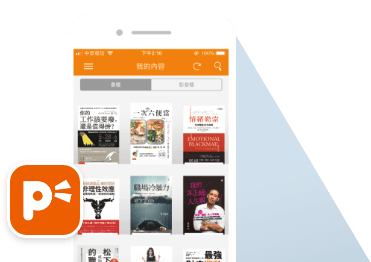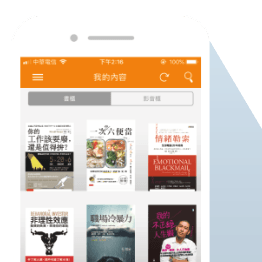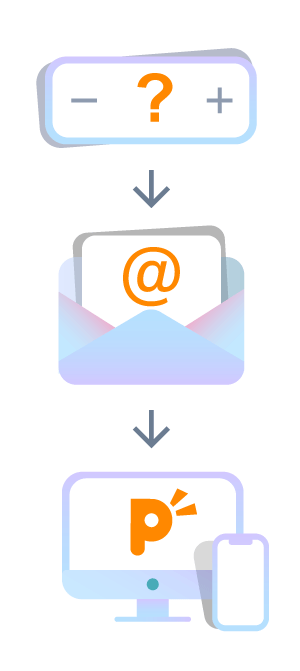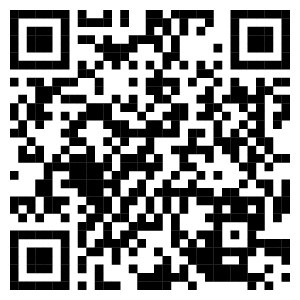華語文課程發展與設計
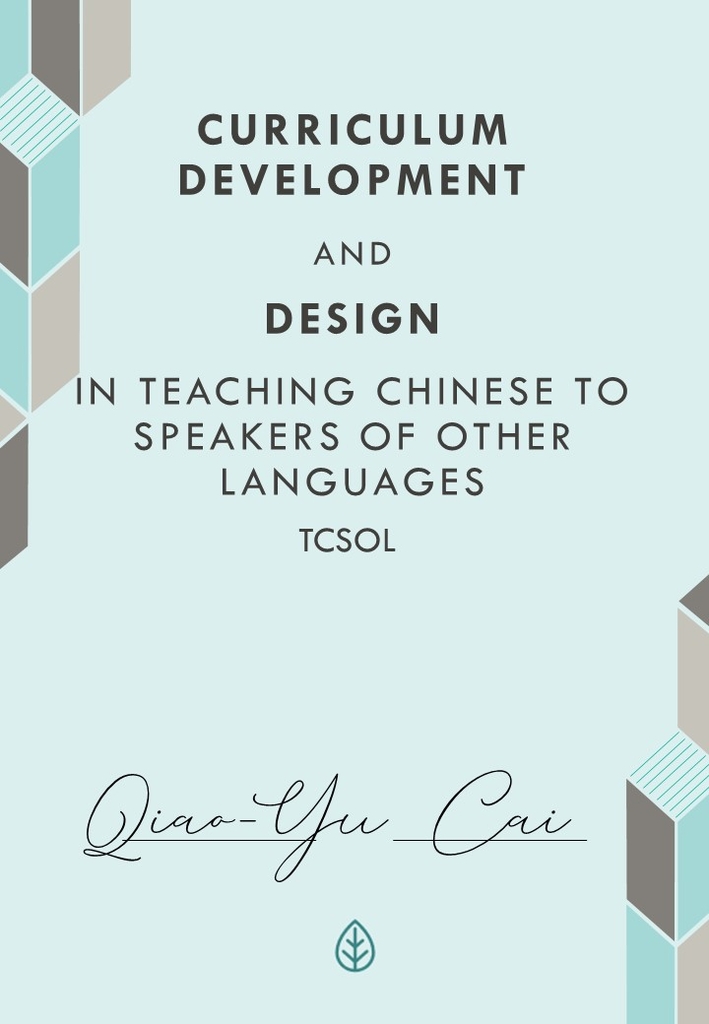
Welcome to "Curriculum Development and Design in Teaching Chinese to Speakers of Other Languages (TCSOL)," a comprehensive guide that delves into the multifaceted process of creating effective, engaging, and culturally responsive curricula for Chinese language learners. This book aims to equip educators, curriculum designers, and language practitioners with the theoretical foundations, practical strategies, and innovative approaches necessary to excel in the dynamic field of TCSOL.
The global landscape of language education is continually evolving, driven by technological advancements, pedagogical innovations, and an increasing recognition of the importance of intercultural competence. As Chinese continues to solidify its position as a vital global language, the demand for high-quality Chinese language education has surged. This book responds to this demand by providing a detailed exploration of curriculum development tailored to the diverse needs of Chinese language learners at various proficiency levels.
Contents Overview
Chapter 1: Introduction to Curriculum Development in TCSOL
This chapter sets the stage by introducing the essential concepts and historical context of TCSOL. It underscores the importance of a well-designed curriculum in promoting Chinese language proficiency and cultural understanding.
Chapter 2: Theoretical Foundations of Curriculum Design
Explore major theories in language education, including Behaviorism, Constructivism, and Socio-Cultural Theory, and learn how these theories inform principled eclecticism in TCSOL curriculum design.
Chapter 3: Needs Analysis in TCSOL
Learn the purpose and methods of needs analysis, including surveys, interviews, and placement tests, to identify the linguistic, cognitive, and socio-cultural needs of learners.
Chapter 4: Setting Goals and Objectives
Discover how to define clear, measurable objectives using Bloom’s Taxonomy and SMART goals, and align these objectives with national and international standards for Chinese language proficiency.
Chapter 5: Designing the Curriculum
This chapter covers curriculum models, including product-oriented, process-oriented, and backward design models, and provides insights into structuring content and skills progression.
Chapter 6: Syllabi and Lesson Plans
Dive into the intricacies of developing effective lesson plans, incorporating differentiated instruction strategies, and merging effective syllabi for Chinese L2 learners at various proficiency levels.
Chapter 7: Materials Selection and Development
Learn how to evaluate and select quality materials, adapt existing materials for specific contexts, and create supplementary resources, including authentic materials, multimedia resources, and online tools.
Chapter 8: In-Person Class Practice
Explore interactive teaching strategies, such as task-based and project-based learning, and discover classroom activities and formative assessment techniques to enhance classroom interaction.
Chapter 9: Online Class Practice
Understand the principles of effective online learning, blended learning models, and digital tools and platforms for designing robust online curricula and assessments.
Chapter 10: Classroom Management in TCSOL
Discover strategies for creating a positive learning environment, managing classroom dynamics, addressing diverse learner needs, and implementing effective engagement and discipline strategies.
Chapter 11: Implementing the Curriculum
Learn the steps for successful curriculum implementation, including teacher training, resource allocation, scheduling, and pilot testing to collect feedback and make adjustments.
Chapter 12: Assessment and Evaluation
This chapter delves into designing effective formative and summative assessments, evaluating curriculum effectiveness, and using student feedback for continuous improvement.
Chapter 13: Professional Development for TCSOL Teachers
Explore ongoing training and support, reflective teaching practices, and the pros and cons of native and non-native Chinese language teachers.
Chapter 14: Integrating Culture into the Curriculum
Understand the importance of teaching cultural competence, strategies for cultural immersion, and promoting intercultural understanding through culturally integrated lesson plans.
Chapter 15: Curriculum Development and Design for Different Proficiency Levels in Chinese L2 Learners
Examine concrete examples of curriculum development and design for different proficiency levels, including general Chinese, Chinese for specific purposes, and academic Chinese.
Chapter 16: Future Trends and Research Issues in TCSOL Curriculum Development and Design
Identify emerging trends, such as technological integration, pedagogical innovations, and integrating Sustainable Development Goals (SDGs), and explore key research areas shaping the future of TCSOL curriculum design.
The global landscape of language education is continually evolving, driven by technological advancements, pedagogical innovations, and an increasing recognition of the importance of intercultural competence. As Chinese continues to solidify its position as a vital global language, the demand for high-quality Chinese language education has surged. This book responds to this demand by providing a detailed exploration of curriculum development tailored to the diverse needs of Chinese language learners at various proficiency levels.
Contents Overview
Chapter 1: Introduction to Curriculum Development in TCSOL
This chapter sets the stage by introducing the essential concepts and historical context of TCSOL. It underscores the importance of a well-designed curriculum in promoting Chinese language proficiency and cultural understanding.
Chapter 2: Theoretical Foundations of Curriculum Design
Explore major theories in language education, including Behaviorism, Constructivism, and Socio-Cultural Theory, and learn how these theories inform principled eclecticism in TCSOL curriculum design.
Chapter 3: Needs Analysis in TCSOL
Learn the purpose and methods of needs analysis, including surveys, interviews, and placement tests, to identify the linguistic, cognitive, and socio-cultural needs of learners.
Chapter 4: Setting Goals and Objectives
Discover how to define clear, measurable objectives using Bloom’s Taxonomy and SMART goals, and align these objectives with national and international standards for Chinese language proficiency.
Chapter 5: Designing the Curriculum
This chapter covers curriculum models, including product-oriented, process-oriented, and backward design models, and provides insights into structuring content and skills progression.
Chapter 6: Syllabi and Lesson Plans
Dive into the intricacies of developing effective lesson plans, incorporating differentiated instruction strategies, and merging effective syllabi for Chinese L2 learners at various proficiency levels.
Chapter 7: Materials Selection and Development
Learn how to evaluate and select quality materials, adapt existing materials for specific contexts, and create supplementary resources, including authentic materials, multimedia resources, and online tools.
Chapter 8: In-Person Class Practice
Explore interactive teaching strategies, such as task-based and project-based learning, and discover classroom activities and formative assessment techniques to enhance classroom interaction.
Chapter 9: Online Class Practice
Understand the principles of effective online learning, blended learning models, and digital tools and platforms for designing robust online curricula and assessments.
Chapter 10: Classroom Management in TCSOL
Discover strategies for creating a positive learning environment, managing classroom dynamics, addressing diverse learner needs, and implementing effective engagement and discipline strategies.
Chapter 11: Implementing the Curriculum
Learn the steps for successful curriculum implementation, including teacher training, resource allocation, scheduling, and pilot testing to collect feedback and make adjustments.
Chapter 12: Assessment and Evaluation
This chapter delves into designing effective formative and summative assessments, evaluating curriculum effectiveness, and using student feedback for continuous improvement.
Chapter 13: Professional Development for TCSOL Teachers
Explore ongoing training and support, reflective teaching practices, and the pros and cons of native and non-native Chinese language teachers.
Chapter 14: Integrating Culture into the Curriculum
Understand the importance of teaching cultural competence, strategies for cultural immersion, and promoting intercultural understanding through culturally integrated lesson plans.
Chapter 15: Curriculum Development and Design for Different Proficiency Levels in Chinese L2 Learners
Examine concrete examples of curriculum development and design for different proficiency levels, including general Chinese, Chinese for specific purposes, and academic Chinese.
Chapter 16: Future Trends and Research Issues in TCSOL Curriculum Development and Design
Identify emerging trends, such as technological integration, pedagogical innovations, and integrating Sustainable Development Goals (SDGs), and explore key research areas shaping the future of TCSOL curriculum design.
Details
Review
0 ratings
1 stars
0%
2 stars
0%
3 stars
0%
4 stars
0%
5 stars
0%
Write a review
Eligible to write reviews after purchasing products or add to Library

